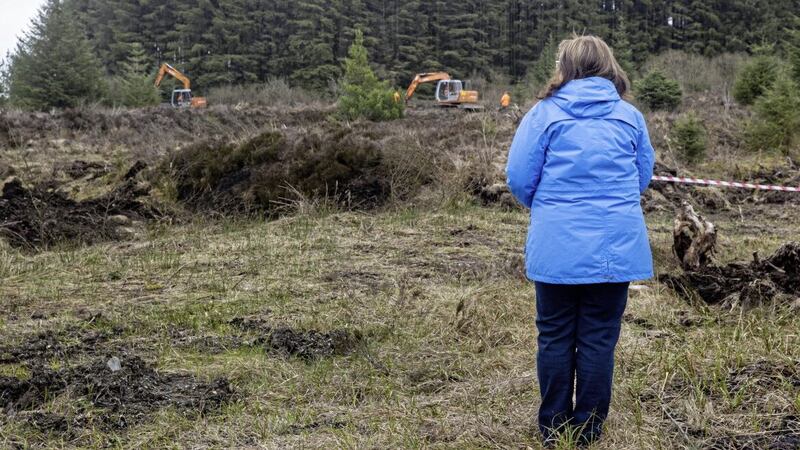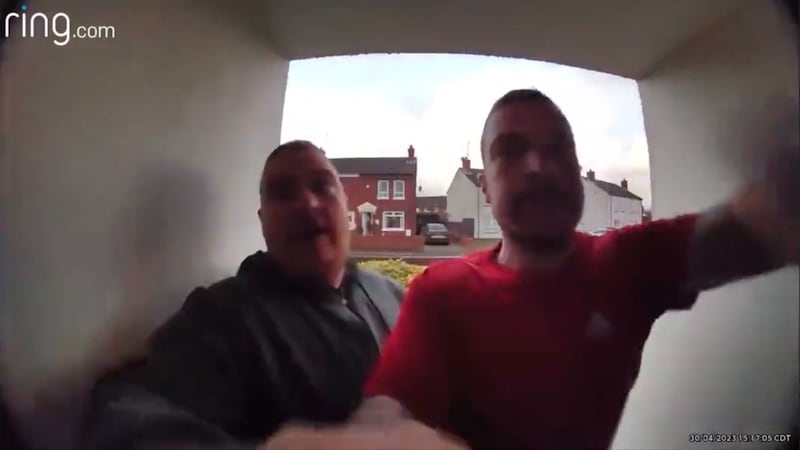Dympna McVeigh was under strict instructions from their mother to kit out her younger brother before placing him on the bus to Dublin In October, 1975.
Trousers, shirt, shoes, the whole gear, Dympna was told to buy for Columba McVeigh before he left Dungannon for the journey south.
The 19-year-old's very last words to his sister: "See you soon." Within weeks, the young Donaghmore man was dead, snatched off a Dublin street, murdered by an IRA hit squad, his body dumped in a bog in Co Monaghan.
Some time in December, the family, including mother Vera and father Paddy, heard word from Dublin. His girlfriend told them that on Halloween Columba had left their flat to pick up a pack of cigarettes and had not returned.
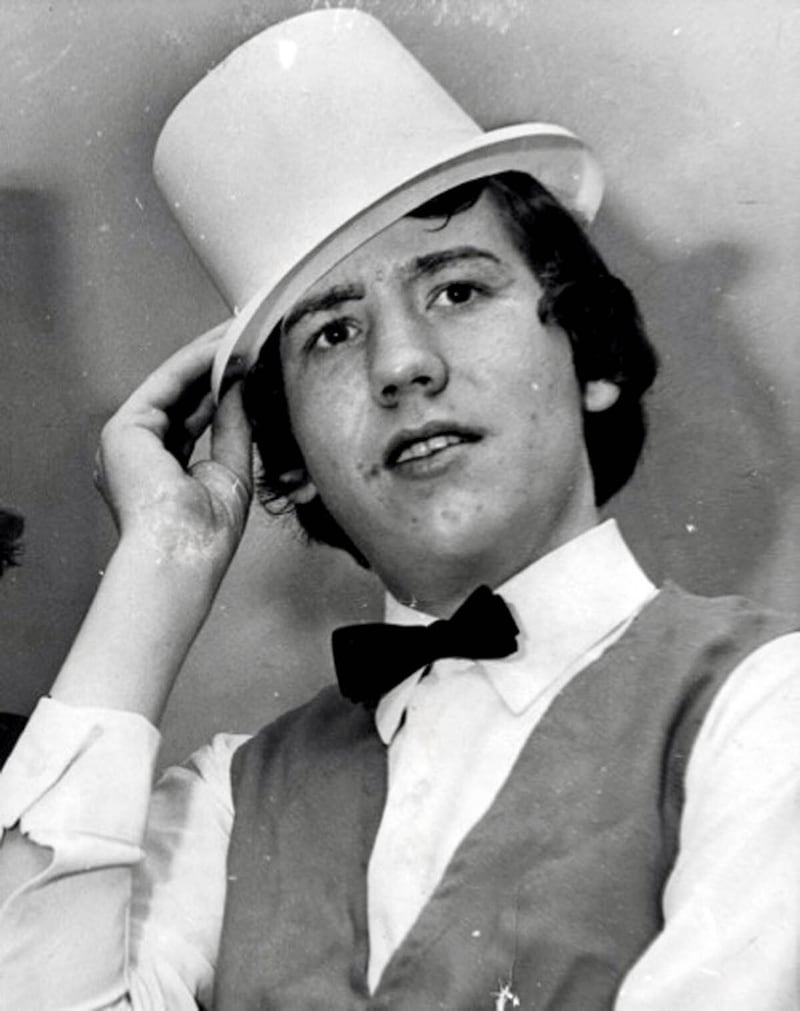
She was leaving the flat, moving on and needed someone to pick up the clothes. This was done and they remained in the family home for the next couple of decades.
His mother, Vera, always believed her son was still alive, hopefully thriving in Britain or the United States and would some day come back home. Dympna, now Kerr, from the early days believed he was dead.
"After a while I always thought he would be dead because he could never survive without my Mum; he was tied to her apron strings," says Dympna.
The latest of several searches for the body of Columba McVeigh has ended without success, the Independent Commission for the Location of Remains (ICLVR) announced on Wednesday.
Read more: Urgent appeal for information as latest search for Columba McVeigh ends
Read more: Irish Justice Minister saddened as sixth search for Columba McVeigh ends
Approximately 26 acres around Bragan Bog near Emyvale has been intensely excavated periodically over the last 24 years. Parts have been dug up several times, in places up to 12 feet in depth.
“We are in the right area but is it the specific area? No, because we have not found him,” said Jon Hill, the ICLVR's lead investigator.
Mr Hill added: "I cannot see why they would not act in good faith. It is an open wound for the republican movement as well. It is in the past.
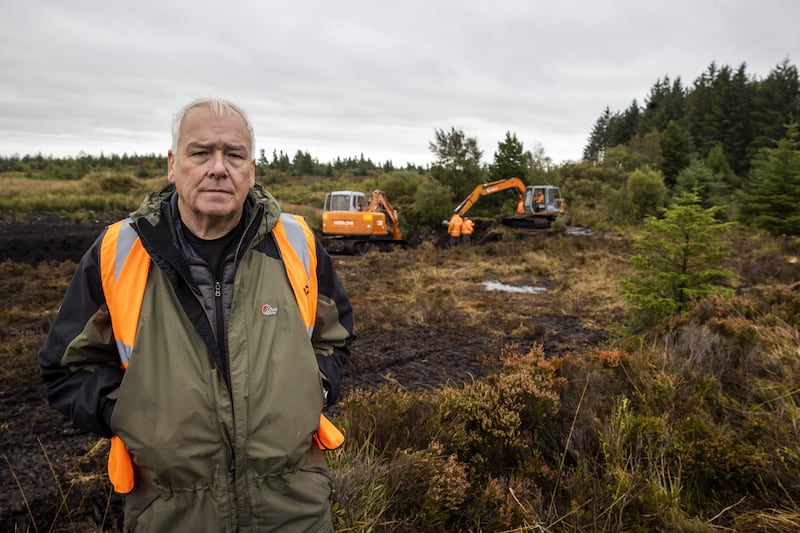
"“The biggest problem, whatever it was like that day, whatever happened then, the terrain has changed dramatically since. And those people who went there for one day or two days (in 1975), they never went back until 1999."
It was in 1999 that the IRA finally admitted they had killed Columba and buried his body. Republicans went to his brother Oliver's home in Co Tyrone to confirm they had killed him.
Dympna and Oliver had known since 1991 of credible reports their brother had been abducted and killed by the IRA.
"It was Oliver who was in a book shop. He phoned me and told me about this book (Martin Dillon's The Dirty War) that had Columba's name in it, how they executed him and buried him in an unmarked grave," Dympna remembers.
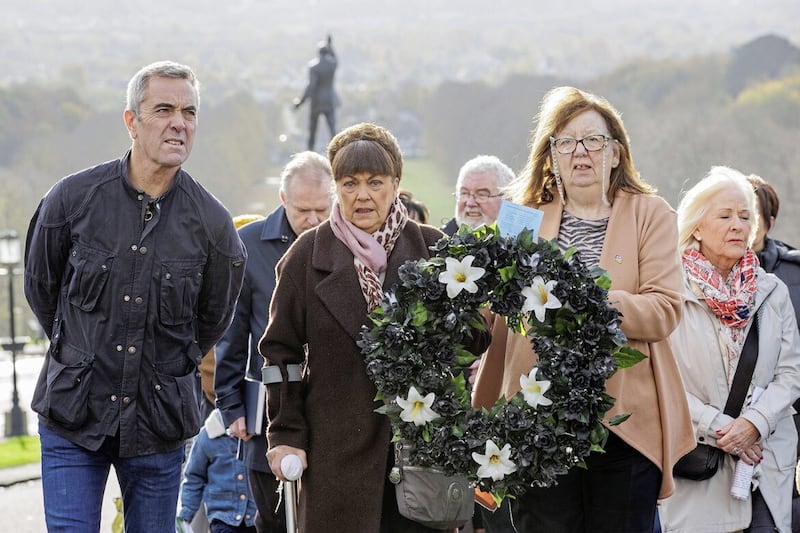
"We made a pact not to tell our parents because we could not tell them something we were not 100% sure was true."
It was 1997 when their mother, Vera, finally read about the abduction, murder and burial, when she picked up a newspaper following Sunday Mass and read the story about her son.
"It is a dour place, most remote site we have ever seen, not a bird nor a bee on it. It looks like something from the wars, like Flanders fields,” says Sandra Peake, speaking of the site identified by those involved in the burial, and probably the killing, of Columba McVeigh.
Ms Peake, the head of the WAVE Trauma Centre who has been at the side of the Families of the Disappeared since the mid-1990s, knows from her many conversations there was no indication Columba would be taken by the IRA.
It was likely November 1, All Saints Day, when a number of members arrived in the area, down two miles of what is no more than a lane. It was more than likely dark. It is not publicly known whether Columba was killed where he was buried or brought there from somewhere else.
His abduction and execution was the end point of what was a series of incidents and actions set in motion by the British Army, according to the testimony of a former intelligence officer who first began revealing the secrets of the dirty war in the early eighties.
Fred Holroyd served in Mid-Ulster in the mid-seventies and, as early as the mid-eighties, gave a detailed account of what was arguably an entirely botched intelligence operation that led to the death of Columba and possibly others.
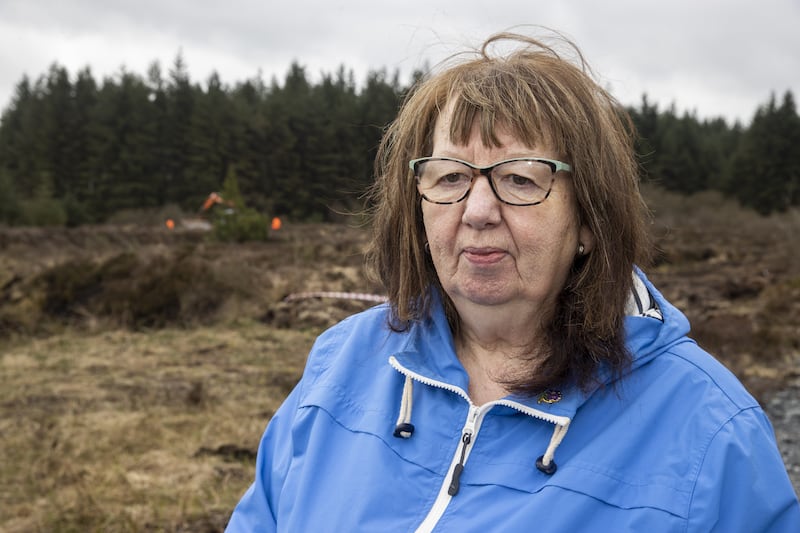
It was planned to use a Catholic youth to attempt to infiltrate the IRA to gather information on an escape route used by wounded or wanted IRA members, according to Holroyd, adding Columba was chosen.
The plan was to plant ammunition at his home, that the house would be raided, that he would go on the run and then make contact with a priest the army suspected of being linked to the IRA. He was rebuffed by the priest, ended up back in Dungannon, where he lived openly for a week until he was picked up as a wanted man.
Columba spent four months on remand, then given a suspended sentence. Fr Denis Faul, a friend of the family, told The New Statesman magazine in 1984 this unprecedented sentence for someone accused of offences linked to terrorism marked the young man down as an informer even when he provided absolutely no information to the security forces.
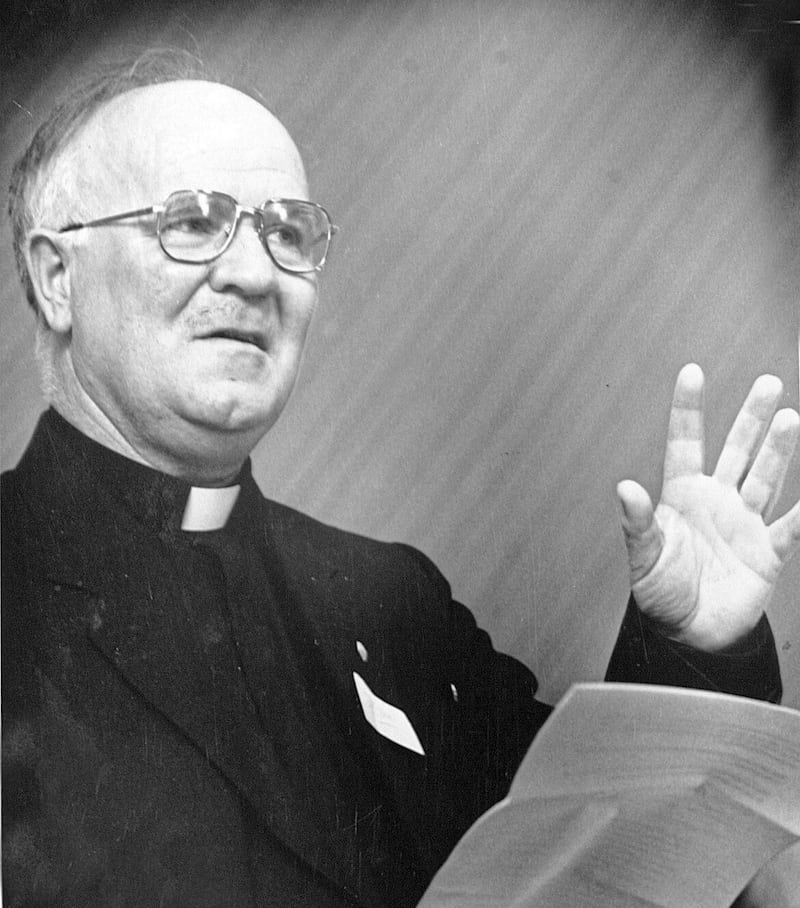
On his release, Columba left for Dublin, where his brother was living. The family believed he was doing well, working on some painting and decorating and with a new girlfriend.
In September, he went to the funeral of Éamon de Valera, writing in a letter home to his mother: "Even I felt sad when I seen the people crying and weeping in the street." He expressed concern for his father and younger brother, Oliver, after hearing of trouble around Donaghmore.
"I hear things are rough up there," he wrote. After the October trip home to see his ill father, he got back on the bus to Dublin, only a few weeks to live before his execution.
Dympna retains hope someone will come forward with new information that will allow Jon Hill and his team to renew the search for Columba's body. Maybe, she suggests, new memories may be triggered if those involved can return to that desolate Monaghan landscape.
"That is all we want, his remains returned to give him a Christian burial," she says.
